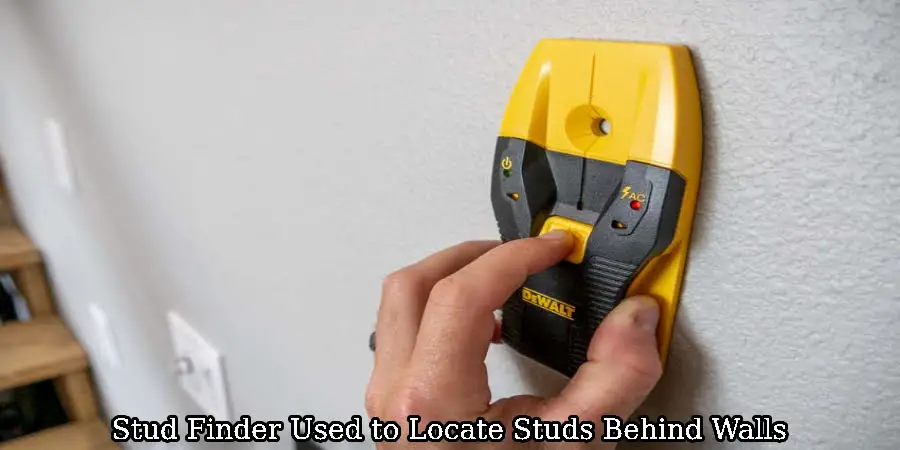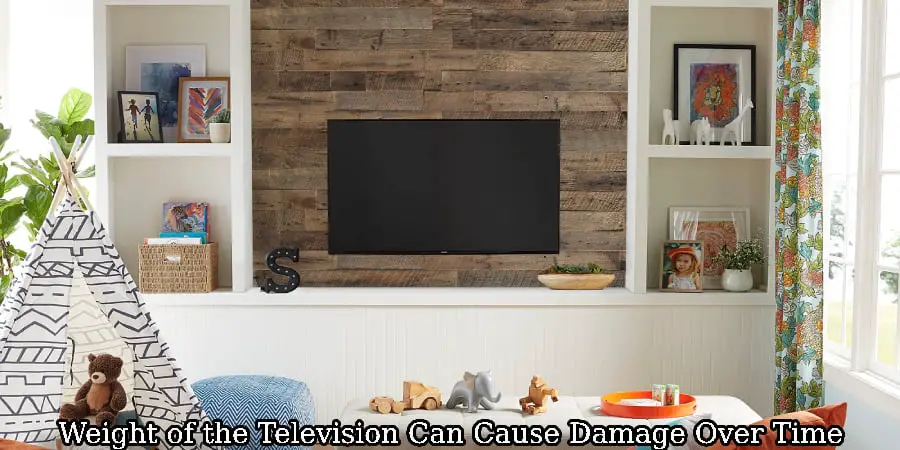Shiplap is a type of cladding that has become popular in recent years. It is often used as an accent wall or to cover up unsightly areas. While shiplap is a great option for hiding flaws, it can be difficult to find studs behind it. In this article, we will show you how to find studs behind shiplap and how to install anchors into them.

What is Stud?
Wall studs are vertically oriented wooden pieces used as vertical supports for walls and ceilings. The distance between studs is generally 16 inches but can be different depending on the wall material. If you’re installing shiplap walls, it’s important to find the studs so you can fasten them to the walls.

What is Shiplap?
Shiplap is wood paneling that is installed on the interior of houses. A shiplap is a long, thin board that is installed horizontally. Shiplap may be used as a standalone treatment, or it can be paired with other types of paneling. One of the benefits of shiplap is that it is easy to install, and it works well to cover up wall flaws.

Why Finding Studs Necessary?
There are many reasons why you need wall studs. They are the primary support for a wall or structure that helps prevent a buckle or collapse of the wall itself. By affixing the wall-to-wall studs, it is possible to provide additional support and stabilization to the wall. Wall studs can also be used for fastening other objects to the wall, such as drywall or paneling.
How to Find Studs Behind Shiplap
If you have a preference to extend your wall’s personality, shiplap may be the perfect way to do it. But when it comes to hanging equipment on your walls, you need to figure out where the studs are located.
Use a Stud Finder
Once you’ve installed the shiplap, it’s vital to determine the studs behind the paneling securely so the panel can be attached securely. Thankfully, finding the studs behind the shiplap is simple, as we’ll show you in this article. We’ll also discuss how to use a stud finder to locate the studs.
A stud finder is a device used to locate studs behind walls. To determine where the previous stud is, locate the wall studs by use of a stud finder. Once the studs are located, use a saw to cut along the edge of the shiplap until you reach the stud. Then, use a drill to drill pilot holes into the top and bottom of the stud.

Use a Drill and a Screw
Shiplap is wood paneling that is used in a wide range of interior styles. It is more commonly installed outdoors, although it can be used on interior walls as well. One problem with shiplap is that it occasionally requires grain fillers to come out of studs behind it, which can be hard to find. Here we provide information on how to easily find those studs and prepare them for installation.
The first step is to locate the stud behind the shiplap. This can be done by using a drill and a screw. The drill can be used to poke a hole in the shiplap, and then the screw can be used to find the stud. Once the stud is located, the drill can be used to make a hole in the stud, and then the screw can be used to hang the picture.
Use a Hammer and Nails
If you are searching for a stud behind the drywall, you can easily discover one by using a hammer and nails. If you are able to locate the first nail in the drywall, drive a second nail beside it. Push up the wall until you reach the place where the second nail is located. There should be a space between the two nails that are of the same size as a stud.

Ask an Expert
Shiplap, a type of paneling, has become a popular wall treatment for homes in recent years. It is also known as interior lining and can be found in a variety of colors and styles. While crate laminate is a great way to add some character to your home, it can be difficult to install. If you are not sure if you have found a stud or not, ask someone who knows what they are doing. For example, the person who installed the shiplap might be able to help. Use a stud finder.
If you are not sure whether the first nail in the shiplap is a stud or not, use a stud finder to help. You can find one of these at any hardware store nearby.
Tips And Tricks
When you are installing shiplap, make sure you are not making quick work of the project. It is best to take your time and become familiar with it before you begin installing a large number of shiplap. If you are unsure how to install the shiplap, practice on a scrap piece of wood before you begin the project. When you learn how to set it up, install a shiplap wall panel in your home.
Some people use these for wall paneling, while some use them just for special occasions. It is quite simple to install them, but it may help if you have prior experience working with power tools.
Conclusion
Shiplap has become an interior design trend lately. You can easily recreate the look of your shiplap with a minimal amount of effort. First, locate the studs behind the shiplap. Second, affix the shiplap to the studs. Third, add trim to the bottom and top of the shiplap. Fourth, paint or stain the shiplap. Lastly, create your dream look!
In conclusion, if you prefer an uncovered stud behind the shiplap, use a stud finder. Finally, be as safe as you possibly can while working with tools.
Frequently Asked Related Questions
How to Avoid Any Damages to Your Shiplap While Finding Studs?
Rather than causing damaging damage to your wall, you can use a stud finder when you’re drilling studs. This will help you keep the shiplap intact since this tool will help you look for the studs in your walls. You can also choose to level your object to ensure that your screws are straight and won’t cause damage to your shiplap.
Can You Mount a Tv Over Shiplap?
There is no definitive answer to this question as it depends on a number of factors, such as the size and weight of the television, the type of shiplap, and the strength of the mounting brackets. That said, in general, it is usually recommended to avoid mounting televisions over any kind of wood paneling, as the weight of the television can cause damage over time.

Do Stud Finders Work Through Wood?
The stud finders that are available on the market today work by using either a metal detector or an ultrasound signal. Both of these types of stud finders work through wood, but they do have different capabilities. The metal detector type of stud finder will be able to detect nails or screws that are in the wall, while the ultrasound type of stud finder will be able to determine the edges of the studs.
Can I Drill Into Shiplap?
In short, the answer is yes—you can drill into shiplap. However, it’s important to take a few things into consideration before doing so. For one, you’ll want to make sure that the surface you’re drilling into is sturdy and won’t easily break. Additionally, you’ll need to use a bit that’s appropriate for the material you’re drilling into; using the wrong bit can result in damage to both the material and your drill.
Can an iPhone Be a Stud Finder?
There is no definitive answer to this question as it depends on the specific function of a stud finder app and the capabilities of the iPhone. Generally speaking, most apps are not able to detect studs through walls, as they rely on detecting changes in magnetic fields. However, some apps claim to be able to do this by using ultrasound waves. If the app can actually detect studs in this way, then it is likely that the iPhone would be capable of doing so as well.
What Can I Use if I Don’t Have a Stud Finder?
A stud finder is a device used to locate studs in walls. Many stud finders use a magnetic field to detect the presence of metal in the wall and then use this information to locate the studs. If you do not have a stud finder, you can use other methods to locate the studs on your wall. One method is to use a hammer to tap on the wall and listen for a change in sound.


